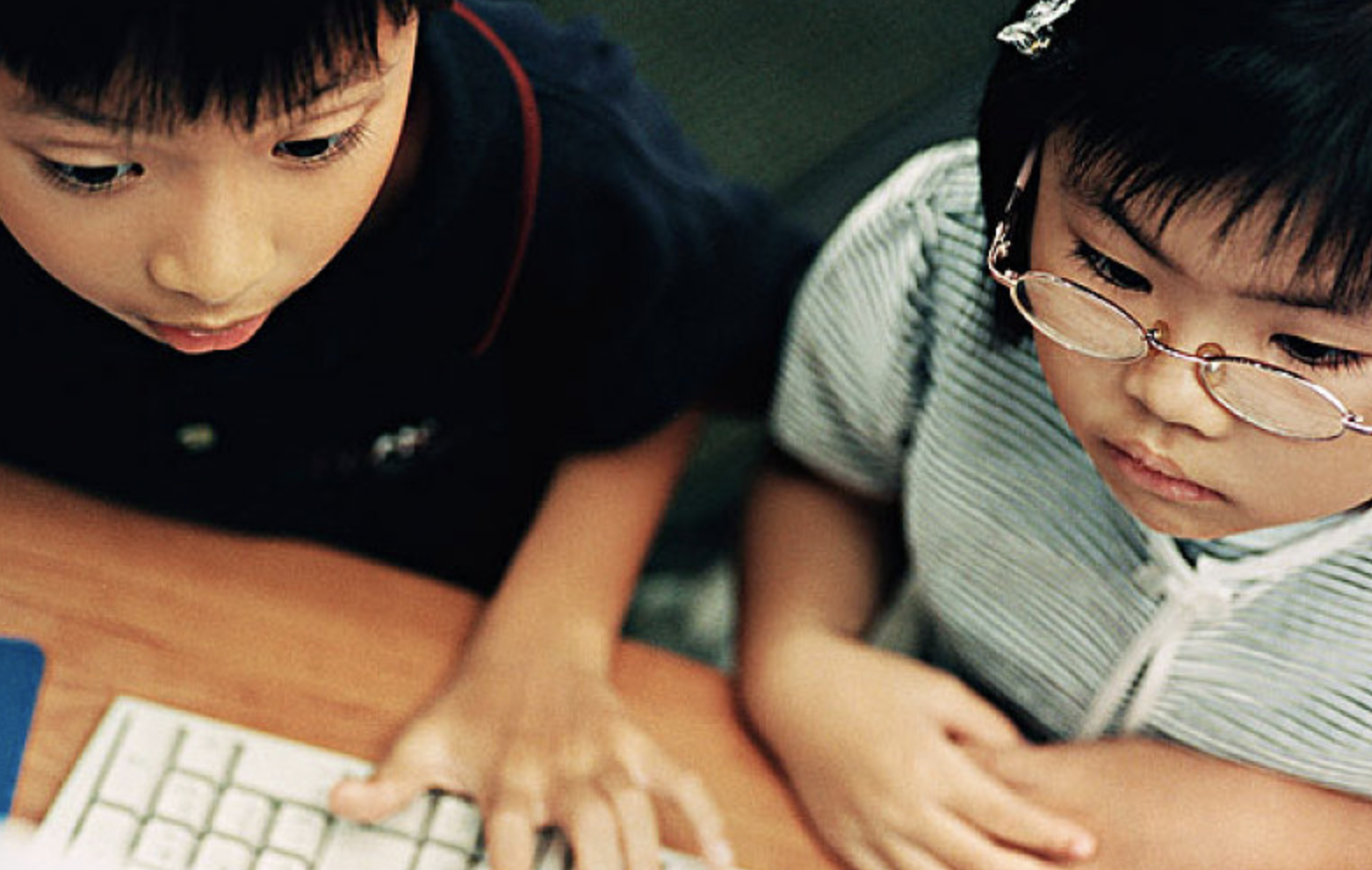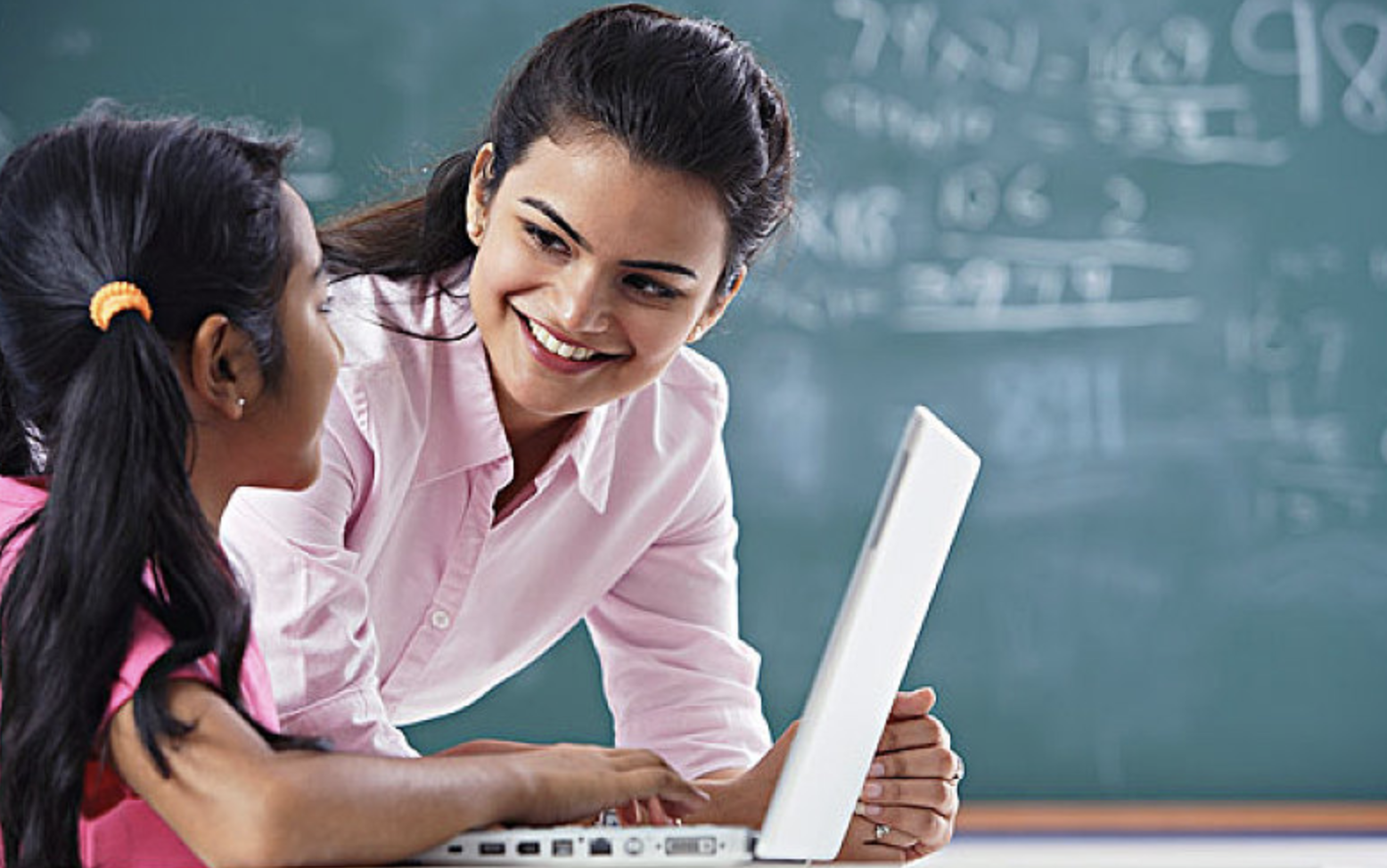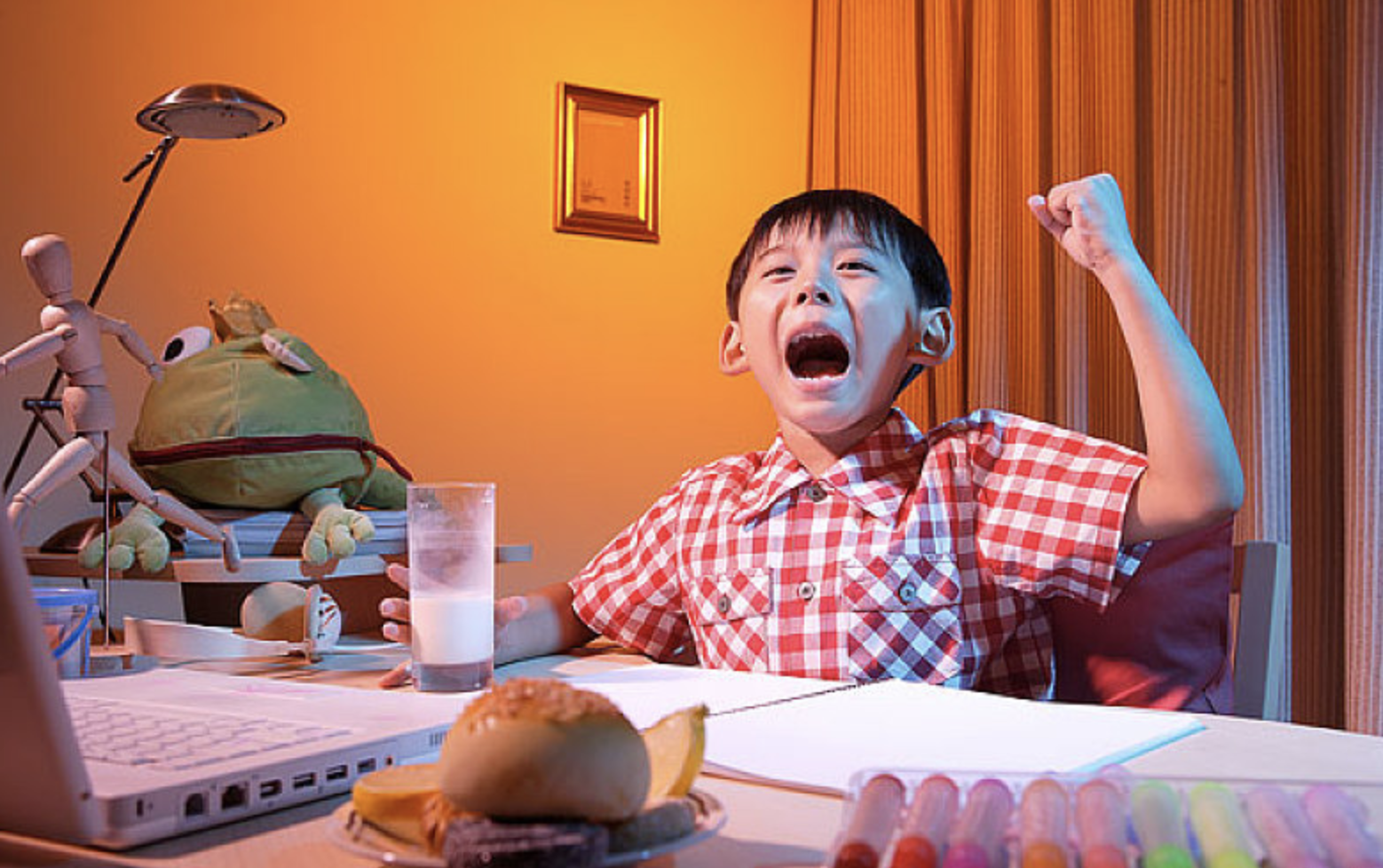
Like many countries worldwide, Singapore is slowly trying to find ways to help its citizens find some semblance of normalcy.
In the education sector, talks regarding introducing a shift to the current learning method were announced last December 2020 to help students slowly get back to schools while still practising safety standards against the existing coronavirus pandemic.
Blended Learning for 2021 for Secondary Schools, Junior Colleges, and the Millennia Institute
During the Appointment and Appreciation Ceremony for Principals 2020 event held last December 29, Ministry of Education Minister Lawrence Wong announced that blended learning will be applied to certain levels starting Term 3 this year for secondary schools, junior colleges, and for the Millennia Institute. Once the schools apply this new learning process, it will be implemented to all levels in all schools as the new norm by Term 4 next year.
The government also said that they will provide a learning device, either a tablet or a laptop, to every secondary school student in the country by the end of the year. This initiative will help students to keep up with their new learning environment.
But what exactly is blended learning? Would it be better than the current home-based learning that our children are currently taking?
To help you understand about this learning method, here is a brief guide about blended learning and the other things you need to know about it.
Positive Side of Blended Learning
Blended learning is a mix between online or home-based learning and face-to-face teaching. This means that there will be days where students will attend classes in school, and the other remaining days will be for online learning.
With this setup, it will ensure that the education system will remain open and stable in the future. Students can continue their education without any disruptions, even if natural disasters or other possible setbacks occur. Parents will also be able to help their children to adapt easily once this change is implemented.
This type of learning will also ensure that students receive adequate social interactions from teachers as they can provide emotional support and connection that children need in order to grow and flourish. Developing this connection is very hard to do in online learning since it does not have personal interaction.

How Will It Work
Once Singapore adapts the blended learning method, the school week will be divided equally between face-to-face and online classes. Students will be given tasks that they can do at home, and they will be able to discuss it at school.
For example, they will be taught about a certain concept regarding Science that they can watch through videos and then, they will be given a hands-on explanation or perform an experiment while in the class. Some teachers can even use virtual reality or AI technology to assist students in understanding the concepts better.
The utilisation of blended learning will help students to have more control over their studies. Of course, every student will vary in terms of their readiness to take this blended learning, but it will help them get used to a more flexible learning method.
Common FAQ
a) How Can Blended Learning Complement Classroom Lessons?
With the help of blended learning, students can learn in advance the concepts that they will learn through classroom lessons.
For example, students can watch a video about a mathematical concept at home using the Singapore Student Learning Space system, and once they are in school, they can discuss it with their teacher and ask questions or clarifications about it.
b) How Does Blended Learning Differ from Home-Based Learning?
Blended learning allows students to have in-school sessions to complement with their home-based classes.
According to the MOE, this learning method ensures that students will become lifelong learners and become more self-directed regarding their studies. With blended learning, there will be days allotted for instruction-led classes in school to support concept discussions that may not be easily understandable through video learning.
In full-time home-based learning, students will not be on the campus for a long time, and they won’t be required to go to school for their studies.
c) How Can Parents Step in to Help?
The MOE said that parents could assist in three ways:
First, they must encourage their children to take charge of their learning schedule and plan accordingly. Children should be able to set their goals, get the right sources for their classes, and reflect on what they just learnt.
Second, they can set the ground rules regarding the learning environment at home so their children can learn without interference.
Lastly, they should speak to their children regularly to see their progress and challenge them to do their best. Talking with your children can also help you check if they have any problems with the current setup.

d) What Will Students Learn from Blended Learning Lessons?
Since students will still have home-based learning, they will be able to focus and learn based on their interests.
For example, students can use their time at home to take up musical instruments and other non-school activities. In return, schools can facilitate nourishing these pursuits through various related activities that they can do while at school.
e) When Will the Students Receive Their Devices and How Much Will They Cost?
The MOE estimates that the devices will be given out in two batches in 2021. The first batch will be in Term 2 and will cover 86 schools in the country. The second batch will be in Term 3 for the 66 schools remaining.
With regards to the price, the devices will vary depending on what the school will select. The MOE has selected different models with various specifications for schools to select, depending on what they believe is perfect for their students.
The MOE also said that most students will be able to pay for the devices easily if they have enough funds in their Edusave accounts or use the $200 one-time top-up given to the families last April.
Conclusion
Perhaps, blended learning may be the next step towards educating children in the future, and it will likely become a norm. Since many secondary schools are already utilising technology into their classrooms, like e-books and interactive lessons, it may be a good thing that parents start embracing these different methods of education.
For the latest updates on Singapore education news, here are some of the articles:
Amazing Tips for Encouraging Positive Attitude Among Students
Are We Too Focused on Grades in Singapore?
